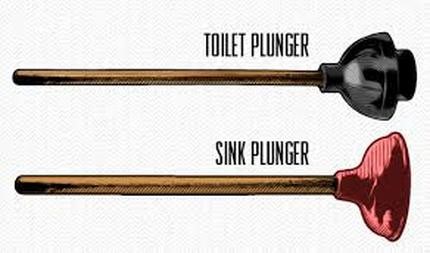Four Things You’re Doing Wrong in the Bathroom

Four Things You’re Doing Wrong in the Bathroom
Your bathroom is where you go to get clean, do your business and get out. But what if we told you that your typical daily bathroom routines are costing you time, money and negatively impacting our planet? Are you ready to learn exactly what you’re doing wrong in the bathroom?
1. You’re wasting water
By now, we all know we can conserve water in the bathroom by turning off the faucet while brushing our teeth and following the “if it’s yellow, let it mellow” rule. But did you know that this direct water usage only accounts for a small portion of all the water we use in the bathroom? To help conserve water on a more rigorous basis, try installing a low-flow showerhead and faucet aerator —this will cut your water consumption in half. To ensure you are conserving water in your bathroom, you should also regularly check your plumbing for leaks—one drip per second from a leaky faucet wastes 1,661 gallons of water per year!
2. Your water is too hot
Hot showers are awesome but using overly hot water is bad for your budget, increases your carbon footprint and is oftentimes not even necessary. Not only are you tempted to take longer showers when your shower water is so enjoyably hot, but the hotter your water is, the more electricity and gas you use and the more resources you waste. According to the U.S. Department of Energy, you can save three to five percent on your water heating costs just by reducing your water temperature by 10 degrees. So, next time you’re tempted to take a long, hot shower, think of all the money and resources you’ll be saving by simply turning down the temperature.
3. You’re plugging up the sewer
Do you tend to use flushable wipes? Well, it turns out that these supposed ‘flushable’ wipes aren’t actually flushable at all. While these wipes impose no problem when flushed down the toilet, they are actually getting caught in sewage systems, leading to major problems down the road—for both your plumbing system and the environment. A good rule of thumb to follow is that flushable wipes should never be flushed—funny, right?
4. You're Using The Wrong Plunger
Everyone has seen the stereotypical plunger—the red one with a wooden handle. But, this flat-bottomed plunger is not for unclogging toilets at all, it’s for unclogging sinks. To unclog a toilet, you will need to use a flange (toilet) plunger. The design of a flange plunger effectively seals the hole at the bottom of a toilet, which allows for the proper pressure needed to unclog a toilet.
So, now that you know what you’re doing wrong, the question is—what are you going to do to fix it? Follow our YouTube channel for more information on how to save time, energy and water!
